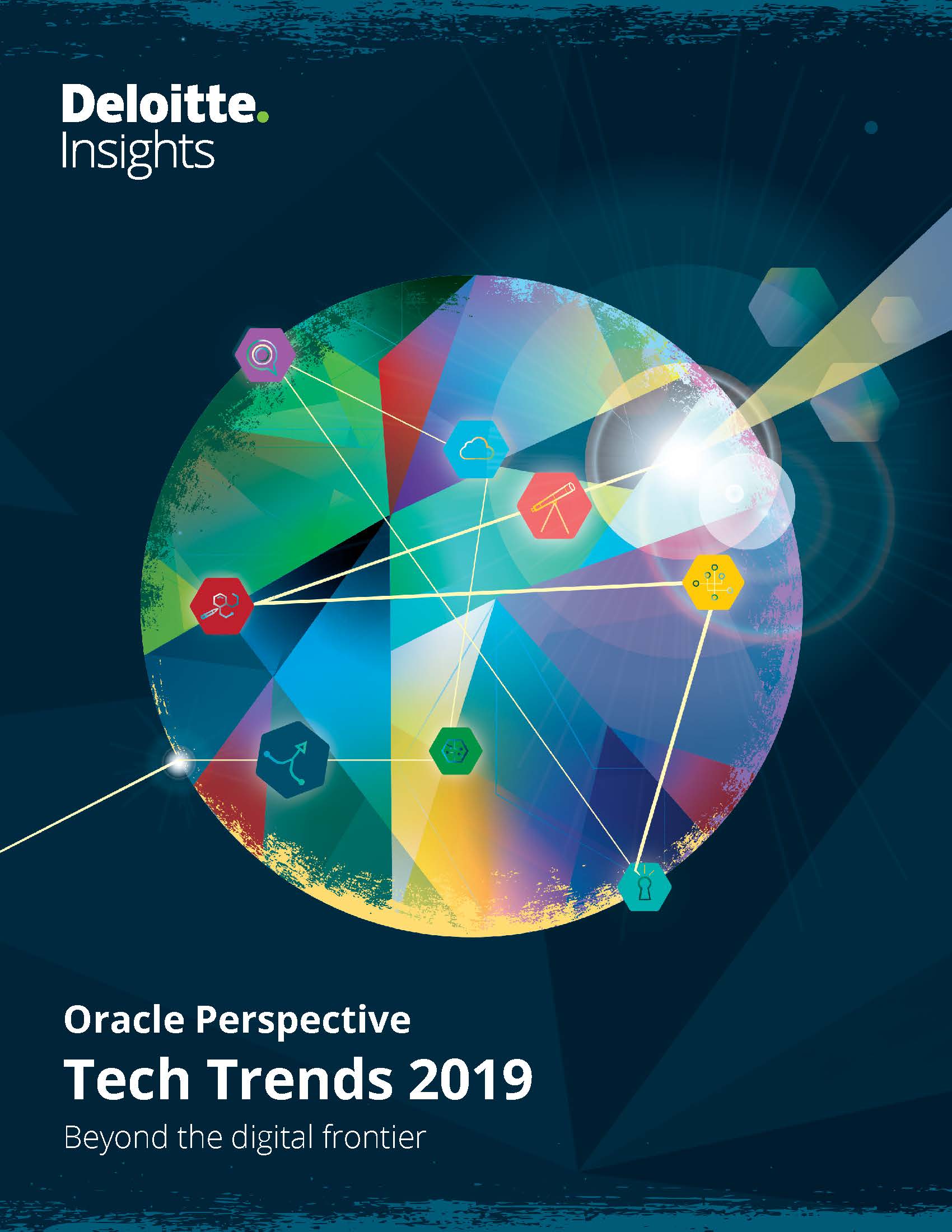Article

Oracle perspective: Tech Trends 2019
Beyond the digital frontier
A decade ago, companies could achieve competitive advantage by embracing current trends. Today, a reactive approach to emerging technology is no longer enough. To stay ahead, organizations must sense new innovations and possibilities, define their ambitions for tomorrow, and journey beyond the digital frontier. The perspective represents the culmination of our efforts to examine the powerful technology forces that are remaking our world and the role of Oracle technologies in this transformation.
Explore Content
A look at what’s driving transformation
A look at what’s driving transformation
In this year’s Oracle perspective: Tech Trends 2019, we look back on the last decade to examine how once-disruptive trends such as cloud, analytics, and digital experiences have become foundational components of business and IT strategy today. We also discuss how reengineering technology’s full life cycle, reimagining core systems, and elevating cyber to a strategic function are now critical elements of digital transformation. And finally, we examine the latest trends that are poised to become tomorrow’s macro forces.
The trends

How are the nine forces shaping disruptive trends?
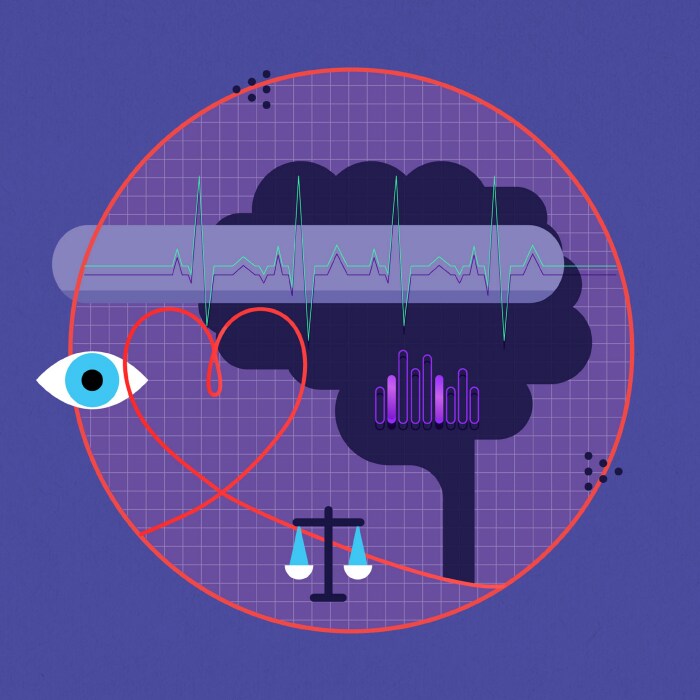
Connecting with contextual emotional intelligence

The opportunity to gain and lose customer confidence
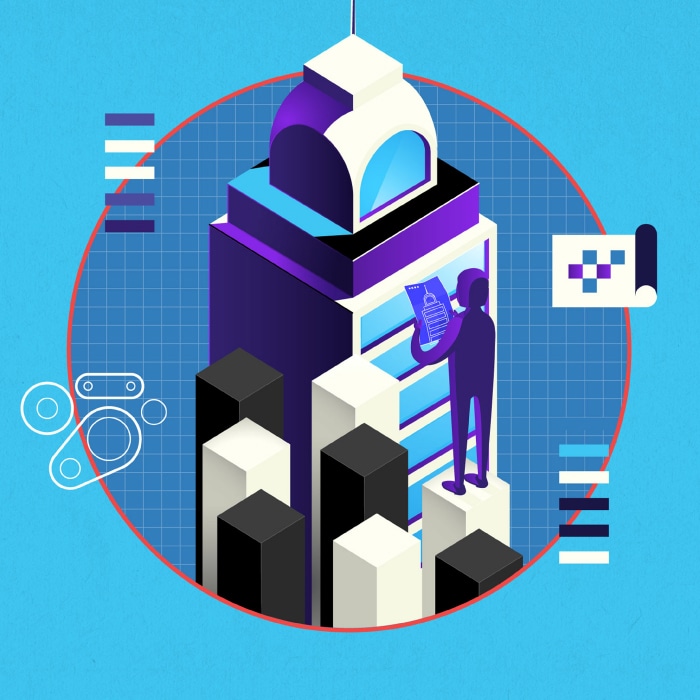
A strategic part of project teams

Funding innovation at the speed of agile
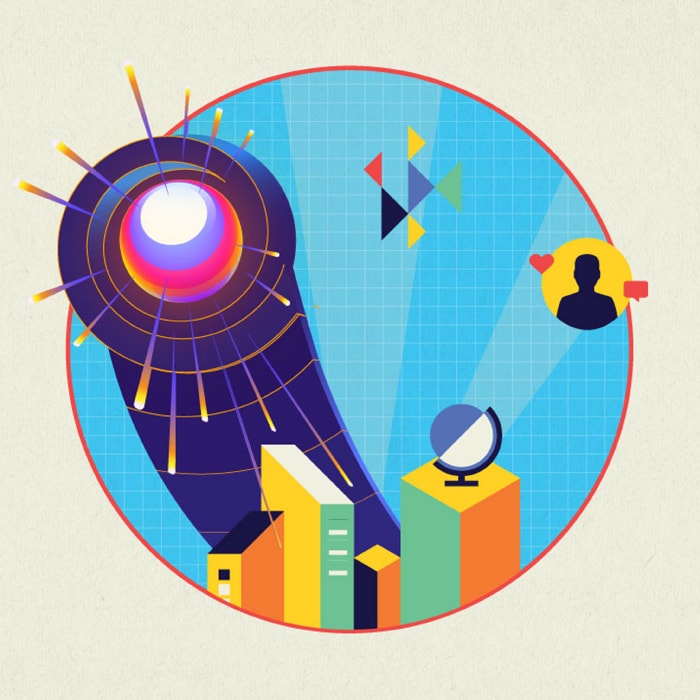
A future look at the trends
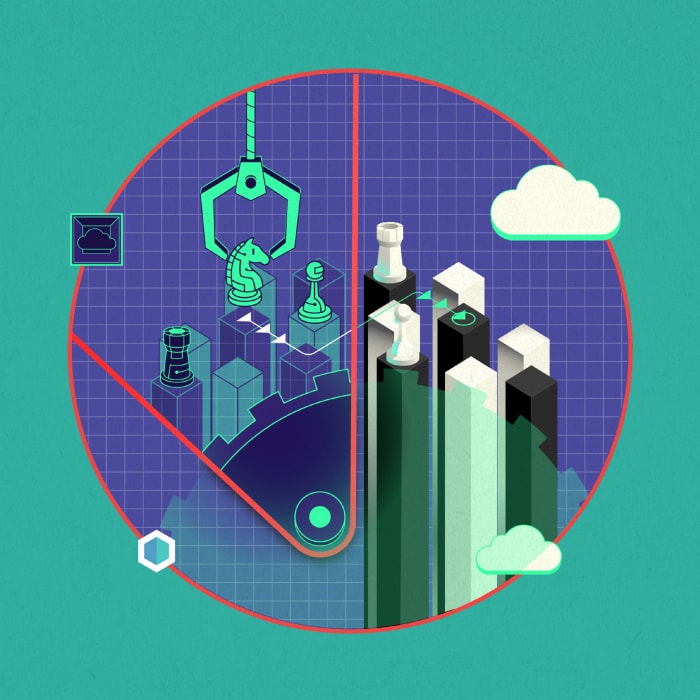
Bridging the physical and digital
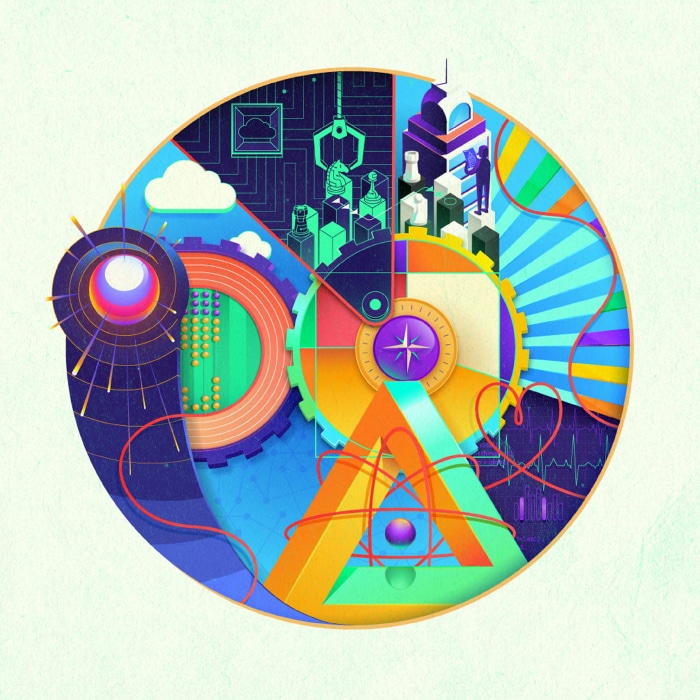

Macro technology forces
How are the nine forces shaping disruptive trends?

Last year’s report delved into the nine macro technology forces we’ve tracked that form the backbone of business innovation and transformation: experience, analytics, cloud, core modernization, risk, the business of technology, digital reality, cognitive, and blockchain. This year’s update looks at enterprise adoption of these forces and how they’re shaping the disruptive trends over the next 18-24 months.
To realize the full promise of these forces, organizations are exploring new ways to manage technology and the technology function. This necessary step is becoming increasingly important as businesses prepare to tackle emerging forces that appear farther out on the horizon: ambient experiences, exponential intelligence, and quantum.

Human experience platforms
Connecting with contextual emotional intelligence

Digital interactions often lack a human connection. Organizations are designing highly customized experiences around the behaviors, preferences, emotions, and values of individual users. They are injecting emotional intelligence into their systems with an integrated array of AI capabilities like voice stress analysis and micro-expression detection tools to help intuit a user’s mood. Placed in the context of user history, preferences, and recent interactions, the emotional insights can help organizations engage with customers, employees, and business partners in a more contextually appropriate, human manner. The net result is emotionally intelligent human experiences that leverages connections between people, systems, data, and products.

Ethical technology and trust
The opportunity to gain and lose customer confidence

Leading companies are realizing that every aspect of their organization that is disrupted by technology represents an opportunity to gain or lose trust. Trust becomes a 360-degree challenge—encompassing, technology, data, strategy, marketing, talent, operations, and leadership. Business leaders will soon begin reevaluating how products, services, and goals support their trust brands. They will apply their values—and their customers'—to make decisions around managing data, protecting privacy, building their ecosystem of partners, and training employees. CIOs will emphasize “ethical tech” and create a set of resources to help people recognize ethical dilemmas when making decisions on how to use disruptive technologies.

Architecture awakens
A strategic part of project teams

In the coming months, we expect to see more companies elevate architecture—long an important, yet misunderstood function—to a strategic priority, moving architects out of the ivory tower and into the trenches. Their goal will be straightforward: build and maintain the kind of architectural agility that often gives younger competitors a market advantage. And organizations will redefine the architect role to be more hands on, collaborative, creative, and responsive to stakeholder needs. No longer technology portfolio pundits, architects will find themselves working on multidisciplinary project teams with colleagues from the business. Systems architecture—and those who design it—can be competitive differentiators in the digital economy.

Finance and the future of IT
Funding innovation at the speed of agile

The promise of agility and Agile is the ability to create value more quickly, safely, and deliberately. Yet as enterprises become more agile—either through bottom-up efforts in IT or top-down business agility initiatives mandated by the CEO—organizations often struggle to adapt their financial operations (budgeting, sourcing, and distribution of funds) to support new Agile delivery practices. We expect CFOs and CIOs to soon explore how different approaches to funding, “innovation accounting”, contracting, and capital planning can better support the needs of the agile enterprise. Their efforts will not only fuel the ongoing trend toward agility, they could usher in an entirely new, flexible approach to enterprise finance.

Horizon next
A future look at the trends

How can organizations look beyond what’s new to what’s next? Those leading this charge have disciplined, measured, innovation programs that align innovation with business strategy and a long-term technology landscape. They take a programmatic approach to sensing, scanning, vetting, experimenting, and incubating future macro technology forces until the technology, the market, and the business applications are ready on an enterprisewide scale. In a world of unknowns, it is possible to focus attention on a meaningful collection of known technologies that, taken together, can help you chart a path to the next horizon.

Digital twins
Bridging the physical and digital

Using virtual models to optimize processes, products, or services is not new. But as digital twin technology advances, organizations are finding that combining increasingly sophisticated models, IoT sensor data, and machine learning presents a host of new opportunities ranging from optimization to autonomous decision-making to new business models. Higher fidelity digital representations of the physical world can be modified and simulated millions of times for optimization and data-driven, high-velocity decision making. As this trend gains momentum, expect organizations across industries to explore ways not only to create more dynamic simulations, but also to use those simulations to drive real-time decisions, actions, and desired behaviors in the physical world.
Explore more
Deloitte's annual Tech Trends report examines the ever-evolving technology landscape. 2017 and 2018 editions are available below for your exploration. Additional archived editions can be found on Deloitte Insights.
Oracle Perspective: Tech Trends 2018
Human experience, fueled by digital innovation. Imagine now with Deloitte and Oracle
Deloitte is designated by Oracle as a Global Cloud Elite partner and has held the highest level of alliance relationship with Oracle for almost two decades. Deloitte Touche Tohmatsu Limited member firms across the world provide access to over 26,181 professionals with deep Oracle experience.

